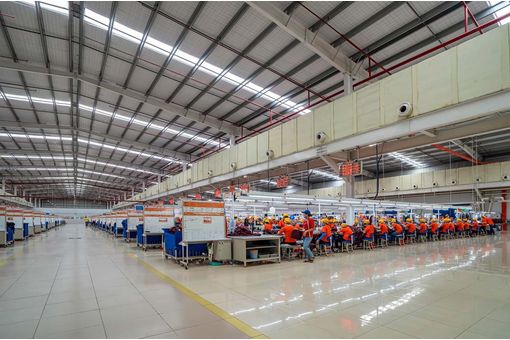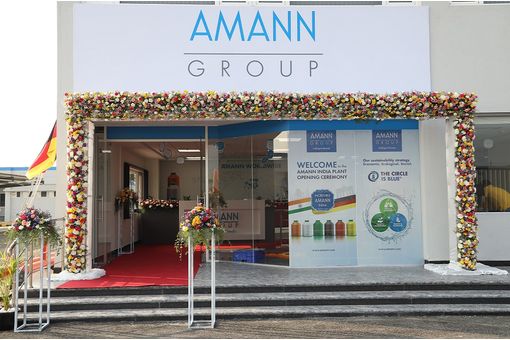IFC recommends Cambodia to improve access to affordable trade finance

Insights
- Improving access to affordable trade finance, whose domestic market in Cambodia stands at $1.6 billion, could raise the country's imports and exports by up to 9 per cent, shows a study by the International Finance Corporation.
- In Cambodia, Laos and Vietnam, domestic trade finance is not only scarcely used, but also traditional, segmented and expensive.
Increasing coverage is more important than reducing the cost of trade finance, the report notes.
The study, a second in a series of regional trade finance surveys, analyses the regional trade finance ecosystem and provides insights into how importers and exporters can increase international trade with improved support from financial institutions.
The function of trade finance is to introduce a third party to transactions to remove payment and supply risks.
The main trade finance tools in Cambodia are letters of credit, guarantees and counter guarantees, standby letters of credit, documentary collections, bid or performance bonds, general working capital used for trade, post-shipment financing, equipment import financing, pre-export financing, supply-chain financing, other forms of import financing and specialised offerings for climate change.
Growth in trade in the Mekong-3 region—Cambodia, Laos and Vietnam—has been uneven, the study reveals. Exports from foreign-owned firms have outpaced those from locally-owned supply chains, implying domestic trade finance is not only scarcely used, but also traditional, segmented and expensive.
Domestic banks supported only 21 per cent of Vietnam’s exports and imports last year. In Cambodia and Laos, that figure was less than 3 per cent.
High collateral requirements and onerous application processes were among the main reasons cited why traders did not seek support from domestic banks, according to a report in a Cambodian newspaper.
The study recommends developing instruments like supply chain finance and innovative digital offerings to reduce costs and improve access. This requires stronger regulatory frameworks that address collateral requirements, digital transactions, central bank conditions and accountability frameworks.
It also suggests raising awareness of how to access trade financing among smaller firms and domestic suppliers.
Vietnam has been more diversified than Cambodia in imports and exports. Cambodia relies heavily on its garment and textile industry, which comprises nearly half of its exports, with machinery and other consumer goods making up the remaining portion.
Cambodia and Vietnam have made ‘remarkable strides’ in expanding the reach of their export markets, achieving significantly higher export penetration. Laos has also modestly raised its export penetration, the report adds.
Fibre2Fashion News Desk (DS)
































-Ltd..jpg?tr=w-120,h-60,c-at_max,cm-pad_resize,bg-ffffff)





.jpg?tr=w-120,h-60,c-at_max,cm-pad_resize,bg-ffffff)
.jpg?tr=w-120,h-60,c-at_max,cm-pad_resize,bg-ffffff)






